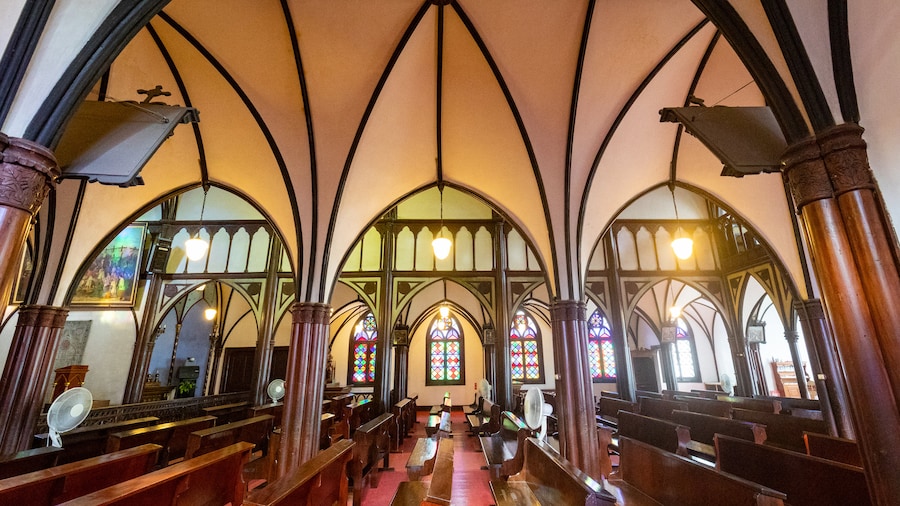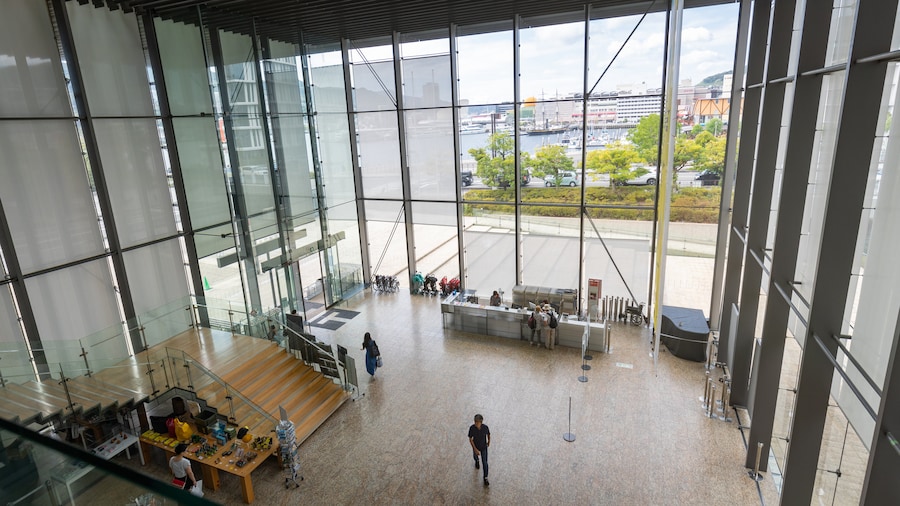孔子廟 中国歴代博物館 ツアーとアクティビティ
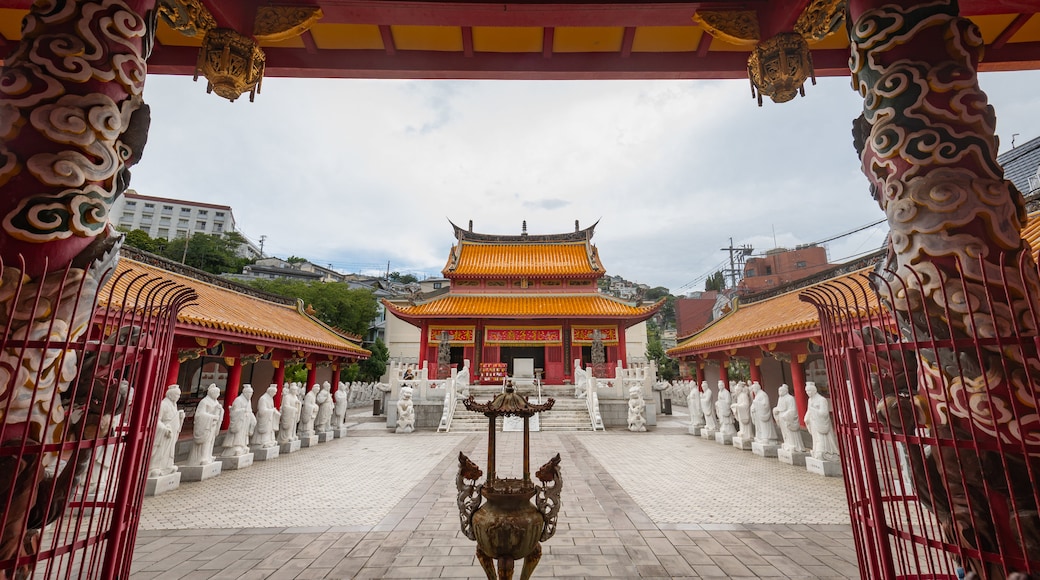


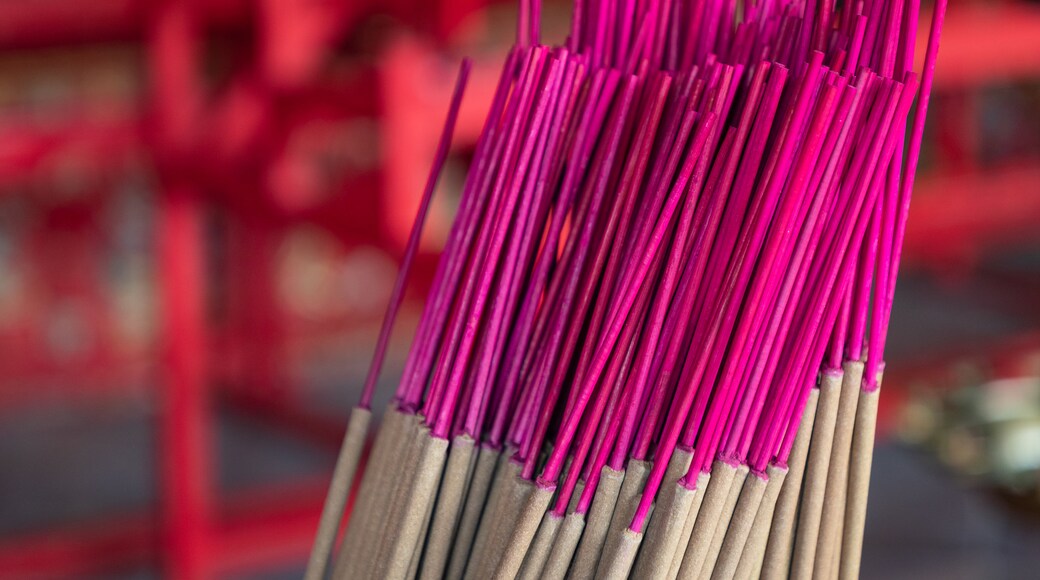

孔子廟 中国歴代博物館への旅行
孔子廟 中国歴代博物館周辺のおすすめホテル

カンデオホテルズ長崎新地中華街
銅座町 3-12, 長崎市, 長崎県

ホテルベルビュー長崎出島
江戸町 1-20, 長崎市, 長崎県
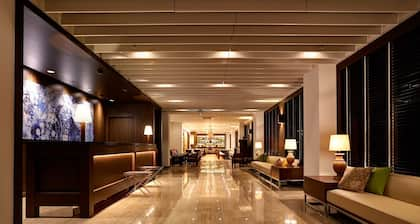
ホテルフォルツァ長崎
浜町 4-11, 長崎市
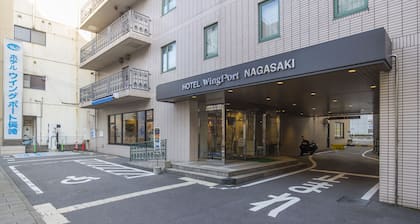
ホテルウイングポート長崎
大黒町 9 番 2 号, 長崎市, 長崎県

出島の湯ドーミーイン長崎新地中華街
銅座町 7-24, 長崎市, 長崎県

ホテルクオーレ長崎駅前
大黒町 7-3, 長崎市, 長崎県

東横INN長崎駅前
五島町 5-45, 長崎市

ホテルモントレ長崎
大浦町 1-22, 長崎市, 長崎県

ANA クラウンプラザホテル長崎グラバーヒル バイ IHG
南山手町 1-18, 長崎市, 長崎県
表示料金は、過去 24 時間における 1 泊大人 2 名利用時の最低価格です。料金および空室状況は変動する場合があります。別途、利用規約が適用される場合があります。
エクスペディアで世界の旅へ
エクスペディアで世界の旅へ
* 個別に予約した同じコンポーネントの価格と比較した、パッケージ予約に基づく割引額。すべてのパッケージで割引を利用できるわけではありません。航空券+ホテル予約で航空券が最大全額OFF - 割引額は、すべての割引とリワードが適用される前の、航空券 + ホテルのセット料金と、航空券とホテルを個別に予約した場合の料金との比較に基づきます。セット予約の割引額は、最大で航空券全額に相当します。割引額は、出発地 / 目的地、宿泊数、宿泊期間、旅行サービス業者によって変動します。すべての航空券 + ホテルのセット予約に割引が適用されるわけではありません。



